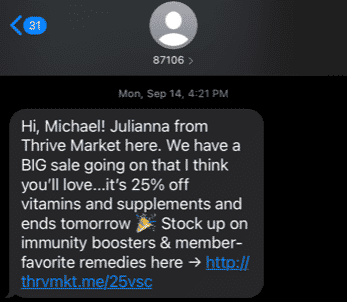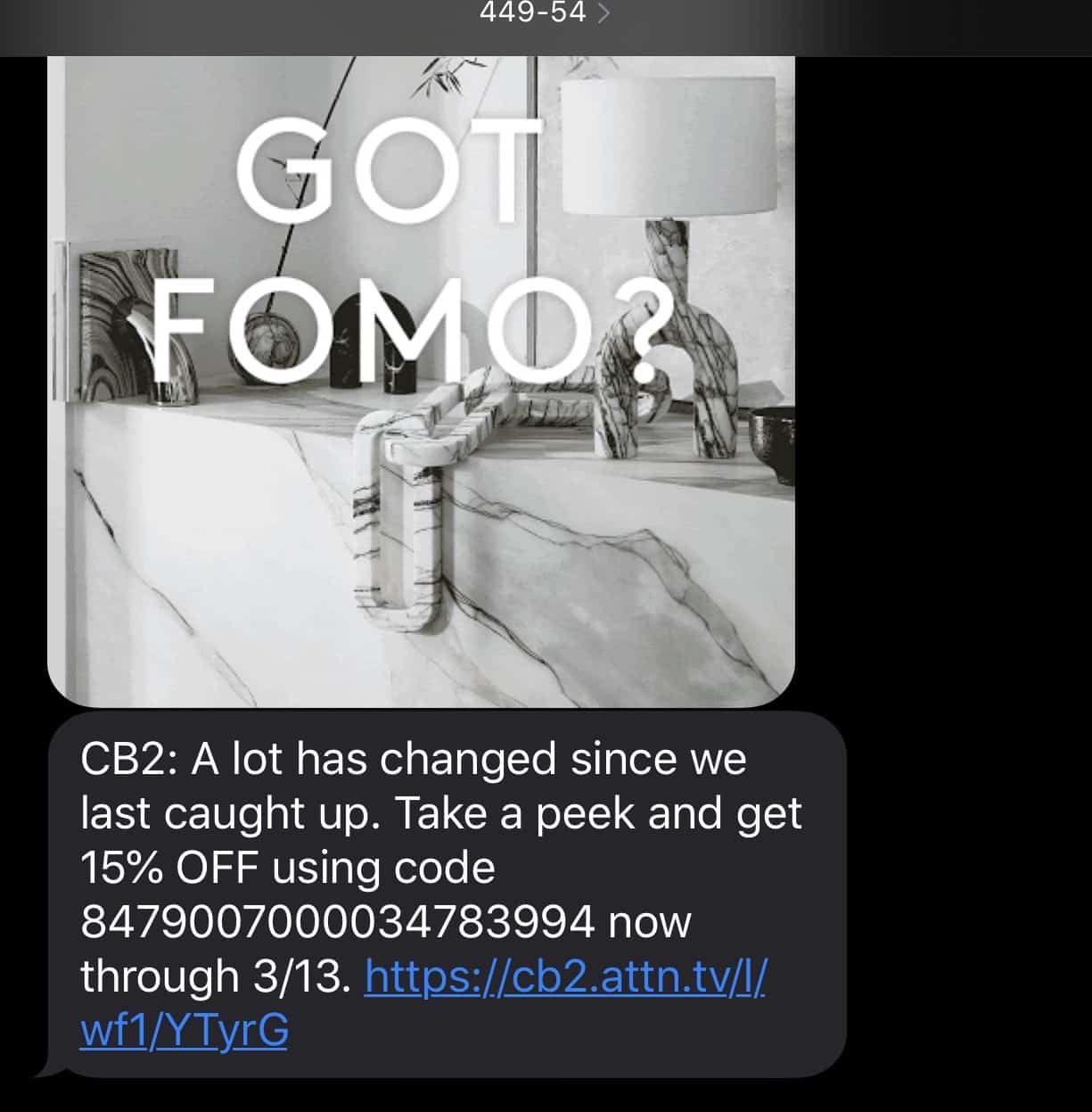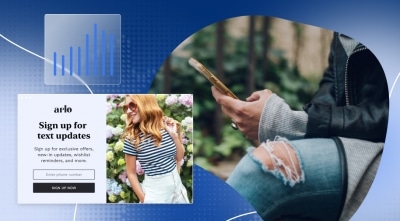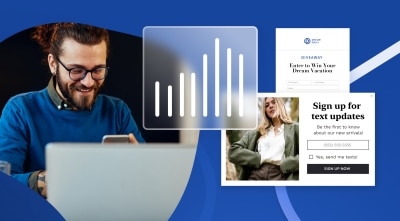Mobile
How Email and SMS Can — and Should — Work Together
December 7, 2020

The chocolate and peanut butter of the digital marketing world, email and SMS — Short Message Service, otherwise known as a text message — are both great on their own. But they’re unbeatable when you pair them up in a program that uses the strengths of each channel to create a communications mix that recognizes when, where and how consumers want to be reached.
This synergy is even more important today, given the pandemic-driven move from physical to digital commerce. Black Friday was a record-breaking day of shopping app downloads and SMS and push notifications increased 142% and 156%, respectively. We don’t know whether consumers will continue to stick with digital-first for shopping. But marketers should do all they can to capitalize on this shift, and forging more cooperation between the two channels is one way to do it quickly.
What You Miss With an ‘Either-Or’ Mindset
SMS is usually touted as the ultimate email-killer. A 2020 Omnisend study credits SMS with an average 14.2% click rate and having SMS in the mix of an omnichannel campaign increases conversions by 47%. Still, email hangs on as consumers’ top preference for brand communications.
Email and SMS share some big benefits, particularly high ROI and low barrier to entry. They’re both relatively easy to automate and personalize. Here’s why you should pair them up for your marketing decisions:
Email and SMS: Their Strengths and Their Differences
The 160-character limit on an SMS message doesn’t give you much room for education and nurturing. And an emailed fraud alert or flight change might not get seen in time. That’s why you need both to serve your customers best, particularly given how well they work in tandem.

You can send customers and SMS message linking to your preference page, where they can sign up for email messages. Within emails, add a tap-to-text function that lets customers opt in to SMS with just a few taps. Both of these help you widen your contacts with your audience and give them more options to stay in touch with you. Win-win for everyone.
Caution: Remember “WIIFM!” That’s “What’s In It For Me?” Figure out ahead of time how each program fits into your messaging plan, and tell customers up front what you’ll send and when and why it benefits them to opt in.
How Email and SMS Can Work Together
You can probably come up with dozens of use cases to join up email and SMS marketing that benefit everybody. For example, if someone hasn’t engaged with email, Thrive Market tries to reach them via SMS.

Here are three tactics that you can test and implement quickly:
- Create a new engagement segment. If you already ask for mobile phone numbers along with email addresses (that is, you ask specifically for a mobile number and not a general number), run a query to see whether customers who provide both are more likely to buy or use your services. If your query pans out, target them for special treatment in high-traffic periods like holidays or travel high seasons to increase propensity to purchase.
- Use tap-to-text to contact customer support. Your email can become another port of entry for customers who need to contact customer support. Add tap-to-text to open an SMS conversation with a customer agent to resolve problems like missed deliveries, rescheduling services, travel hiccups or order errors. Or use tap-to-text to encourage subscribers to opt-in to another form of communication.
- Combine email and SMS in retargeting sequences. Abandoned cart reminders are a natural place to start. Add an SMS alert to your abandoned cart flow if a product in the cart is about to sell out or go on sale. Short and sweet, SMS is also perfect for winback messaging.

Final Thought: Set Up Your SMS Strategy Before You Start Sending Texts
Nobody wants a mobile phone that buzzes or pings every five minutes. Decide which messages are suitable for the always-on immediacy of a text and which need email and its richer information environment. It takes less time to type “STOP” on a text than to find and click an unsubscribe link.
The State of Brand Loyalty in the U.S. in 2023
Related



